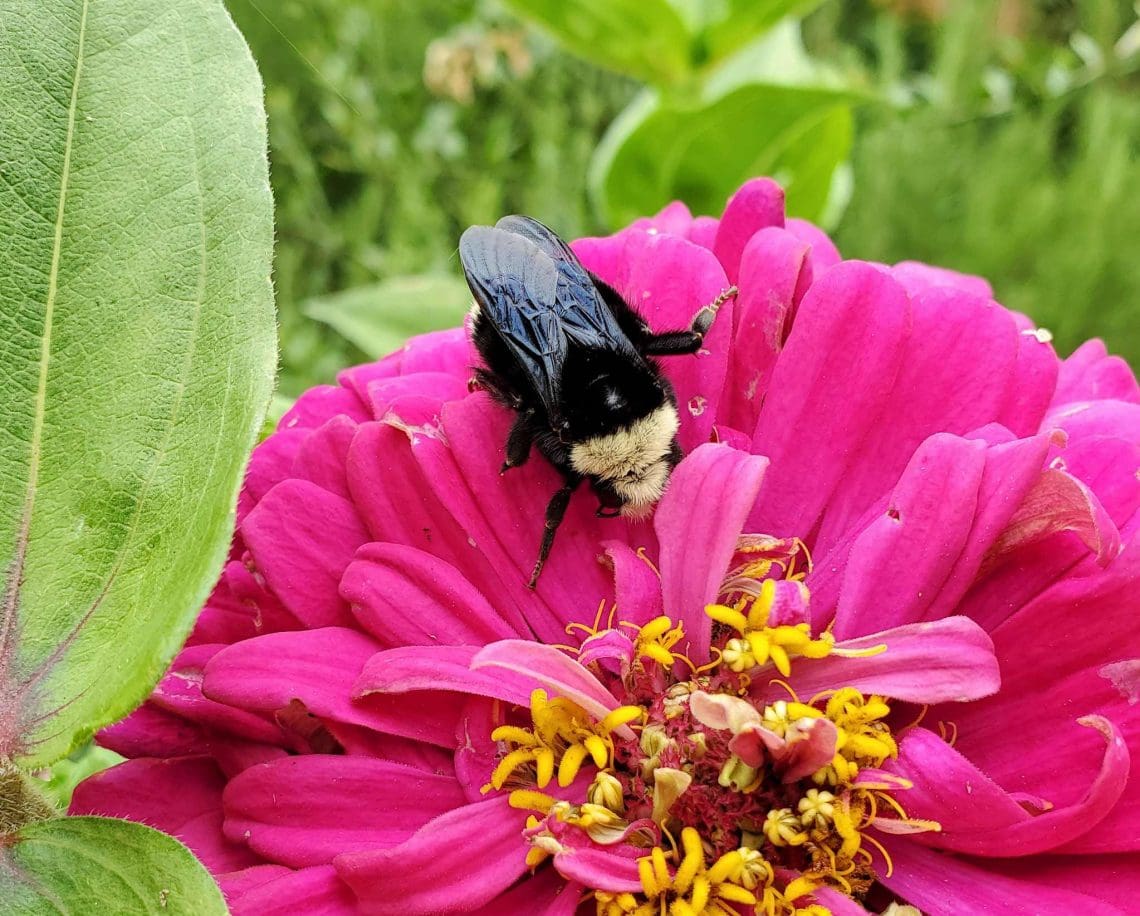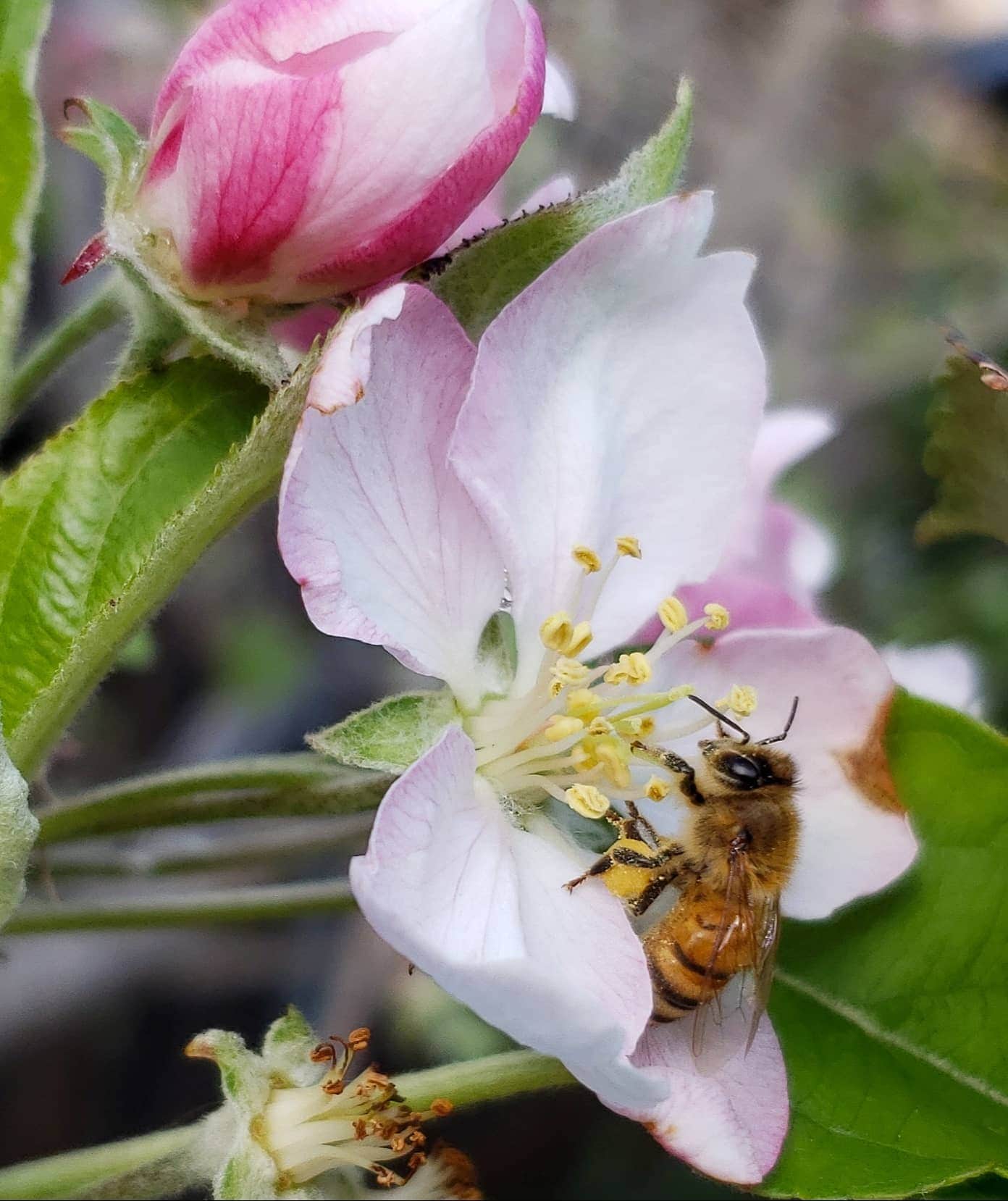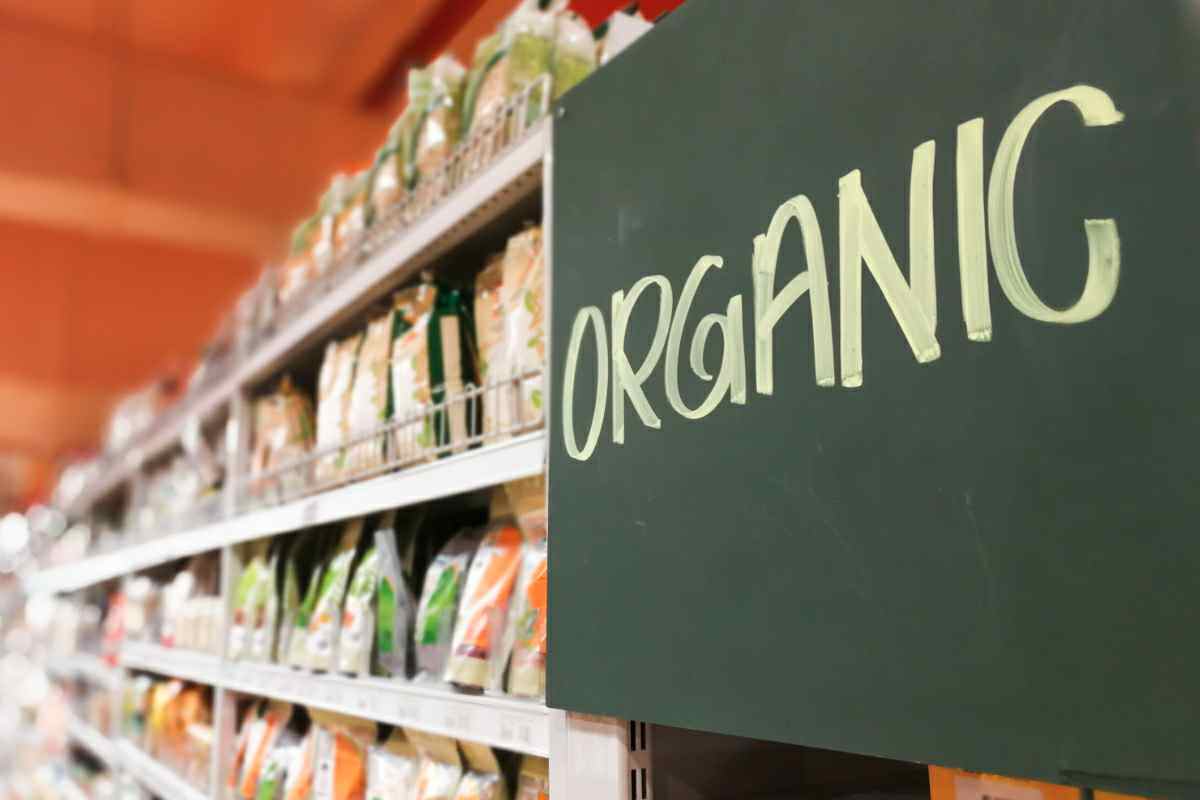Home»Garden»Pollinators & Wildlife
Last update on August 10 , 2023
Did you cognise that June is National Pollinator Month here in the US ? While I consider we should always have pollinator in our minds and hearts , June is an excellent time to dig in and give pollinator some extra love . The purpose of pollinator calendar month is to circulate cognizance about the plight of pollinator , and boost folks to take military action to help support their declining populations . Thank you for your interest in this mission !

record along to get a line 10 way to help save pollinators , include things you could do at home , in your community , and beyond ! Most of the ways we can help pollinators seem small andeasy to do – but can add up to make abig difference!Pollinator populations are impacted by human life and our daily decisions in more ways than most people agnize . Furthermore , human livesdependon pollinators far more than we give them citation for ! pollinator are a critical part of our food systems , surroundings , and thriftiness .
“ Without the actions of pollinator , farming economy , our food supply , and surrounding landscapes would collapse . ”
Before we dive into 10 way to avail save pollinators , have ’s promptly get acquainted with precisely who pollinators are , and why they require our supporter !

Would you like to save this?
We ’ll netmail this post to you , so you may get along back to it afterwards !
I check to have e-mail updates .
Who are Pollinators?
When you hear the word “ pollinator ” , most folk immediately recollect of bee – and for a beneficial reason!Beesare one of the most prominent and important pollinators of them all , including aboriginal bees . As bees buzz from peak to bloom , they pluck up and carry pollen . G of industrial plant look on this conveyance of pollen between flowers ( aka , the act of pollination ) to multiply and bear fruit or seed , including most food for thought crops .
However , many other insects and animals play a role in pollination too ! This includesbutterflies , moths , birds , cricket bat , pismire , beetle , other animals , and even the wind . Humans could be knight pollinator at times , such as when assisting with deal - pollination ( like we do with oursquash flower ) . However , the term is normally set aside for those that execute it course in the wilderness .
Pollinators are considered akeystone speciesgroup . The National Geographic Societydescribes a keystone specie as “ a plant or beast that playact a unique and crucial part in the way an ecosystem function . Without headstone species , the ecosystem would be dramatically unlike or lay off to exist completely . ” In fact , pollinators are straightaway responsible for one - third of all food that humanity consume , including everything from fruit and veggies to coffee and deep brown – some of my very favourite things !

Why are pollinators dying?
As our natural world becomes increasingly urbanized and polluted , pollinator are hold a big striking along with it . bee are especially sensitive creatures and are very , very susceptible to thepesticidescommonly used in conventional agriculture operations . The most lethal of them all ( to bees ) are neonicotinoids , which grant toCornell Universityare also the most wide used stratum of insecticide used in the world . One small exposure can take out an entire colony of bees . However , any broad - spectrum pesticide utilisation puts pollinator at danger , including outside of a commercial farm setting ! This include residential use , at parking area , on golf game row , on public right - of - ways , and more .
moreover , naturalhabitatsand food sources for pollinators are being altered , destroyed , or contaminate by expanding husbandry and “ urban sprawl ” development . Last but not least , ourchanging climateand conditions patterns are negatively impacting many plant , animal , and ecosystems , include our pollinator friends .
Yikes . That all fathom pretty depressing , correct ? It certainly is … Yet the in effect intelligence is : WE CAN HELP!Even more , most of the ways we can serve save pollinators also benefit our personal health and the overall environment too . reckon it a “ win ” for all .

10 WAYS TO HELP SAVE POLLINATORS
1) Plant for Pollinators
One of the best way to help struggle pollinator populations is to create a pollinator - friendly garden , integrate plant that providenectar and pollen . Give preference to plants that arenativeto your area , which are best suit to both your mood and the pollinators that live there ! Blooming tree are also highly attractive to pollinator . Even if you do n’t have an extensive garden or expectant out-of-door blank space , consider adding a few potted efflorescence plants to a balcony , patio , or window planter box . Many of the in effect plant for pollinator are low - maintenance and container - favorable !
Aim to supplydiverseand free burning solid food sources by planting a variety of annual and perennial plants , including ones that bloom at unlike times of the class . Also , keep in intellect that most ( but not all ) flowers produce pollen or ambrosia , which is what pollinators need to sustain life sentence . involve ideas on what kind of flower to plant ? Check out ourTop 23 Plants for Pollinatorsarticle , or our7 Easy Companion Flowers to develop From Seedlist . Both article hash out the characteristics of each plant , including zona suitability , world-wide care crest , and our favorite varieties .
In our garden , the lavender , salvia , verbena , zinnia , tailwort and flowering herbs are always buzz with the most bees , hummingbird , and butterflies !

2) Create a Wildlife-Friendly Yard, Beyond Flowers
While flowers are essential , pollinators involve other primal constituent to boom ! Do your in force to provide home ground and supplemental nutrient sources that support a miscellany of pollinator and wildlife . For example , addhummingbird feeders , bird theatre , a sole bee house , a mason bee house , bird feeders , bird bathtub , or evenbat boxesto your out-of-door space . Put out shallow water baths for bee , such as a chick bath or shallow dish with Stone or rock-and-roll in it .
Allow some areas of your yard to grow“wild”and less manicure , which provides safe smear for nesting and shelter . Be painstaking when prune trees , vines , and bush , especially during know bird nesting seasons . Let some of the wild “ Mary Jane ” in your railway yard outride to bloom , such as dandelion . Also , avoid dead - headingallyour spent flowers . The bird will treasure eating the seed !
Shelter , food , water supply , and places to lift youngare all key components of a intelligent wildlife habitat . Did you know that a schoolyard , workplace , or residential garden can in reality become aCertified Wildlife Habitat ? Our holding is certified ! arrest outthis articleto learn more about how to join us . If you ’re concerned in cling a hummingbird bird feeder , visit our easyhummingbirdfood recipeand eater best practices .

2023 Update : I ’ve also created a template onhow to make a bird - well-disposed garden – including best practices on keep chick tributary , baths and houses .
3) Avoid Using Pesticides
facilitate save pollinator by avoiding the use of chemic or semisynthetic pesticides at home . Instead , manage your yard or garden in a natural and constitutive style . There are many direction to battle “ pests ” in a style that will not negatively impact beneficial insects like bee , parasitic wasps , and butterflies . In fact , beneficial insectsthemselves can be used to shrink pest dirt ball populations !
For example , native American lady beetle , lacewings , and beg mantis eat many easy - bodied pest insects like aphids . Releasing them in your garden is considered a form of biological pest control – as fight down to chemical substance . Similarly , parasitic wasps can help controlcabbage wormsandbeneficial nematodescan annihilate curl eats . The utilization ofcompanion industrial plant , polyculture , and forcible barriers ( likehoops and quarrel book binding ) are other non - chemical mean to reduce pests .
There are also many homemade or soft sprays that can be used to manipulate garden gadfly , such asthis DIY goop nebuliser recipefor aphid and mealybug . Even then , many “ constitutive ” pesticide production can harm bees and good insects if apply incorrectly . Therefore , please do thorough research before using any variety of sprayer ! Check outthis articleto learn about 25 different organic ways to make do garden pests .

4) Go Organic
Beyond your garden , go constituent in as many ways possible – such asbuyingorganic product and food . support sustainable , pollinator - friendly farms keeps them in business – and the bees safe ! Do n’t forget to slay up your local Farmer ’s Market too . Even if they are not “ certified ” constitutive , many small local farms are much more cautious about pesticide usage . what is more , buying organic good lessens the demand for conventional ( toxic ) products . This is better for everyone and everything , admit your personal health . Even your choice in cotton wool balls , habiliment , personal care production , andgarden seedshas a dribble - down gist to pollinators .
5) Plant Butterfly Host Plants
Butterflies depend on “ host plants ” to procreate and thus survive . grownup butterflies lay their egg on a innkeeper plant life , and when their larvae ( caterpillars ) emerge from egg , they fee on the plant – until they too can grow up to become a beautiful butterfly . However , caterpillars wo n’t eat any old plant!Each species of butterfly has a particular legion industrial plant that their caterpillar babies will eat . Some caterpillars are very picky and will feed on one type of plant life only , while others have a somewhat wider appetite .
For example , milkweed is the sole germ of food for thought for monarch butterfly stroke caterpillars . While there are many potpourri of Sonchus oleraceus that they ’ll eat , Danaus plexippus will ONLY eat milkweed . Gulf checkered lily populations depend on passion flower vine . On the other deal , Swallowtail butterfly stroke are less finicky and will dine on dill , finocchio , carrot special K , and Petroselinum crispum . So , plant special and be after to share ! Scatternative wild flower seedsto support aboriginal butterfly and moths .
VisitAmerican Meadowsfor a more complete tilt of butterfly legion plants , including trees , shrubs , and flowers . Or , seeour clause all about raising monarch butterfliesif that affect your fancy !

6) Make an Impact Outside Your Home
There are a issue of ways to facilitate save pollinators beyond the borders of your own garden . If you live on in an HOA , flat coordination compound , or other keep residential area , talk to the folks responsible for forlandscape managementabout pollinators , pesticide use , and constitutive gardening option . require questions and share information at your workplace too . Perhaps they ’ll be unforced to make some beneficial change ! Even the prison term of day that nebuliser are applied can serve economize pollinator ; bees are far less combat-ready in the evening hours , at sunset or after .
7) Support Beekeepers
Supporting beekeepers is an excellent means to help advance healthy pollinator populations . How?Buy local love and beeswax products ! Just like going organic , it is all about supply anddemand . deplete local beloved also has the added benefit of inoculate your resistant system with local pollen , which over time helps thin your seasonal allergic reaction answer . Most often , local honey is sell at local farmers markets along with small-scale shops , or direct from the keeper . Even when I ca n’t line up local beeswax , I always choosenatural beeswax candlesover classic crude - based candela ( yuck ! ) or even soy candles , since soy is a very pesticide - heavy crop .
8) Start Keeping Bees Yourself
9) Donate
If it is within your means , donating to relevant non - net is an awful choice to assist relieve pollinators – especially if you do n’t have a grounds quad to put the other tips we ’ve research to bring . Or , in accession to ! Here at Homestead and Chill , we donate a portion of the return fromour shopitems ( constitutive sourdough newbie and organic metric ton - shirts ) to wildlife and pollinator non - profits each twelvemonth .
Listed below are a handful ofnon - profit organizationsthat are dedicated to avail protect pollinator and their innate habitat – though the list is by no way comprehensive !
10) Spread the Love
Talk to your family , friends , neighbors , and Colorado - workers about the importance of pollinators ! Encourage them to get involved and make small-scale but impactful change too . Give pollinator and wildlife - friendly gifts for special occasions , such as packets of wild flower seeds , local honey , shuttle mansion , or hummingbird feeders . Last but not least , apportion this clause and other pro - pollinator messages on societal media !
And that sums up 10 simple but meaningful ways you can personally help save pollinators!
If you enjoyed this article , do n’t escape out on :








